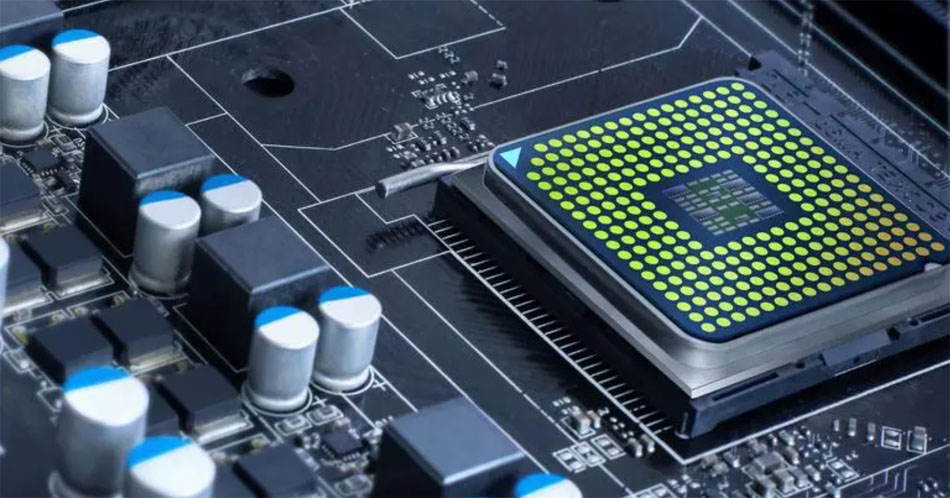- English
- Español
- Português
- русский
- Français
- 日本語
- Deutsch
- tiếng Việt
- Italiano
- Nederlands
- ภาษาไทย
- Polski
- 한국어
- Svenska
- magyar
- Malay
- বাংলা ভাষার
- Dansk
- Suomi
- हिन्दी
- Pilipino
- Türkçe
- Gaeilge
- العربية
- Indonesia
- Norsk
- تمل
- český
- ελληνικά
- український
- Javanese
- فارسی
- தமிழ்
- తెలుగు
- नेपाली
- Burmese
- български
- ລາວ
- Latine
- Қазақша
- Euskal
- Azərbaycan
- Slovenský jazyk
- Македонски
- Lietuvos
- Eesti Keel
- Română
- Slovenski
- मराठी
- Srpski језик
PCBA Testing and Quality Control: A Key Step to Ensure Product Reliability
PCBA testing and quality control are key steps to ensure the reliability and performance of electronic products. Here are some key steps and strategies for PCBA testing and quality control:

1. Initial Inspection and Acceptance Test:
Before PCBA assembly, perform an initial inspection to ensure the correctness and integrity of all components.
Use acceptance tests to verify the basic functions and performance of components to ensure that they are normal before assembly.
2. Soldering Quality Control:
Use methods such as optical inspection, X-ray inspection, or automatic optical inspection to check soldering quality, including solder joint integrity, solder volume, and poor soldering.
Ensure that all solder joints meet IPC (International Printed Circuit Association) standards or other relevant standards.
3. Electrical Testing:
Perform electrical tests, including continuity tests, resistance tests, capacitance tests, and inductance tests, to ensure the correct connection and electrical performance of the circuit.
Use electronic test instruments such as multimeters, oscilloscopes, and power supplies for testing.
4. Functional Testing:
Perform functional tests to verify the overall functionality of the PCBA. This can include applying specific functional test procedures to ensure that the PCBA works according to the design specifications.
Ensure that the test procedures have high coverage and are able to detect potential problems.
5. Environmental testing:
Perform environmental testing, including temperature cycling testing, humidity testing, and vibration testing, to simulate the performance of the PCBA under different environmental conditions.
Ensure that the PCBA can operate stably under different environmental conditions.
6. High temperature aging test:
Perform high temperature aging test to simulate the situation of PCBA running for a long time. This helps to detect potential thermal failures.
Ensure the reliability of PCBA in high temperature environment.
7. Signal integrity analysis:
Analyze signal integrity using high-frequency test instruments to ensure the transmission quality of high-speed signals on PCBA.
Detect potential problems by analyzing signal eye diagrams, time domain and frequency domain characteristics.
8. Traceability and record keeping:
Establish a traceability system to track the manufacturing history and component sources of each PCBA.
Record all test results and quality data to track and correct problems and improve manufacturing processes.
9. High automation:
Use automated test equipment and automated data acquisition systems to improve test efficiency and accuracy.
Automation can help reduce the risk of human error.
10. Continuous improvement:
Continuously improve test procedures and quality control processes to adapt to new technologies and requirements.
Analyze bad trends and take corrective measures to reduce the defect rate.
In summary, PCBA testing and quality control are key steps to ensure the reliability and performance of electronic products. Through meticulous quality control and comprehensive testing, the defect rate can be reduced, product quality can be improved, and customer satisfaction can be ensured. Continuous improvement is the key to ensure the effectiveness of the quality control process to adapt to the ever-changing market and technology needs.
Send Inquiry
-
Delivery Service






-
Payment Options









